How to Bounce Forward When Faced with Challenges – Resilience for the Modern Workplace
Challenges in the workplace are inevitable—organisational change, team restructuring, burnout, economic pressures, personal setbacks. For leaders in HR and People & Culture, the question is no longer just “How do we get back to normal?” but rather, “How do we emerge stronger?”
That’s the difference between resilience and post-traumatic growth.
It’s the shift from bouncing back… to bouncing forward.
In a world of constant change, the ability to bounce forward—to adapt, evolve and thrive in the face of adversity—is not just a nice-to-have. It’s becoming a core leadership and organisational capability.
What Does “Bouncing Forward” Really Mean?
Traditional views of resilience focus on recovery: regaining composure, returning to baseline. But bouncing forward is about growth through disruption. It’s the mindset of taking setbacks as fuel for reflection, renewal and transformation.
For your people and culture strategy, this means equipping teams with more than just coping tools. It means fostering a culture that supports:
Psychological safety
Emotional agility
Growth-focused reflection
Supportive leadership
The Role of HR and People Leaders in Driving Forward Momentum
As custodians of workplace wellbeing, HR Managers and Chief People Officers are in a unique position to lead this shift.
Here’s how you can help your teams (and leaders) bounce forward—not just survive the storm, but find meaning through it.
1. Normalise the Struggle, Name the Growth
Be clear that challenges are not signs of failure. Use internal comms, workshops, or debriefs to talk openly about discomfort and adaptation. Then ask:
What did we learn? What strengths surfaced? What do we now know about ourselves?
Reframing setbacks as learning experiences helps shift the team’s mindset from fixed to adaptive.
2. Train for Emotional Agility
It’s one thing to be strong—it’s another to stay flexible.
Encourage leaders to move away from toxic positivity and towards emotionally intelligent leadership. Train teams to recognise emotions without judgement, respond with awareness, and keep moving forward, even when things feel messy.
Use language like:
“It’s okay to not be okay right now.”
“We’re adapting as we go.”
“This challenge is tough, but we’re tougher.”
3. Build Reflection into Recovery
Bouncing forward isn’t a rush—it’s a process. Create structured time and space for recovery and reflection after stressful projects, transitions, or crises.
Ask:
What worked for you?
What felt hard?
What would you do differently next time?
This creates a culture of conscious growth, not unconscious burnout.
4. Champion Micro-Wins and Progress
Bouncing forward doesn’t always look heroic. It can look like:
An employee speaking up in a team meeting for the first time
A team finding its rhythm again after a tough quarter
A manager modelling vulnerability during 1:1s
Highlight these moments. Reinforce that progress over perfection is what resilience really looks like.
5. Integrate Resilience into Everyday Culture
Don’t wait for crisis to develop resilience. Make it part of your culture now by:
Embedding short wellbeing check-ins in team meetings
Offering resilience training or toolkits
Encouraging leaders to lead with empathy and humility
Revisiting your policies to ensure they support psychological safety and recovery (e.g. flexible work, mental health days)
The future of work demands more than endurance. It requires transformation.
As a people leader, your role is not just to help your teams get through the hard times—but to help them emerge more connected, self-aware, and prepared for what’s next.
Because when people learn to bounce forward, workplaces do too.


